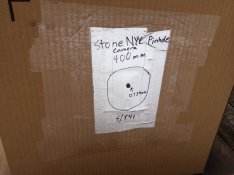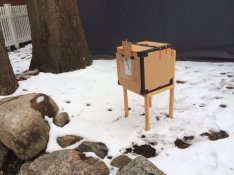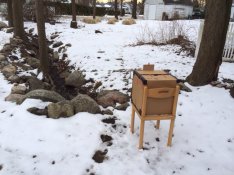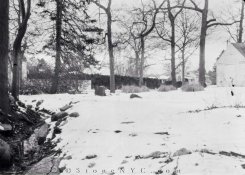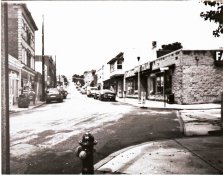There are usually two different approaches for pinhole sizing, resulting in different apertures. The highest contrast is achieved with a slightly larger aperture than the aperture for highest resolution. They differ by about 30% in size, IIRC. The f-stops will be constant, meaning you have to calculate the diameter of the pinhole from the "focal length". I am not near my resources at present, but if you don't find help between the other posters here, drop me a PM and I'll scan and email you the relevant stuff. The higher contrast formula is usually favoured, as higher contrast is usually visually more appealing than lower contrast with higher resolution. It does depend a lot on taste and circumstances, though. For wide-angle, you may experience dark corners with the "optimum" f-stop, so using a larger aperture might help at the expense of resolution and contrast. What size negative are you capturing? 35 mm? Then how can you accommodate such a short register? Unless you use a rangefinder, probably. Still, 21 mm is very short, and you might battle to get even enough illumination. Colour neg film will be better than slide film, no doubt.












